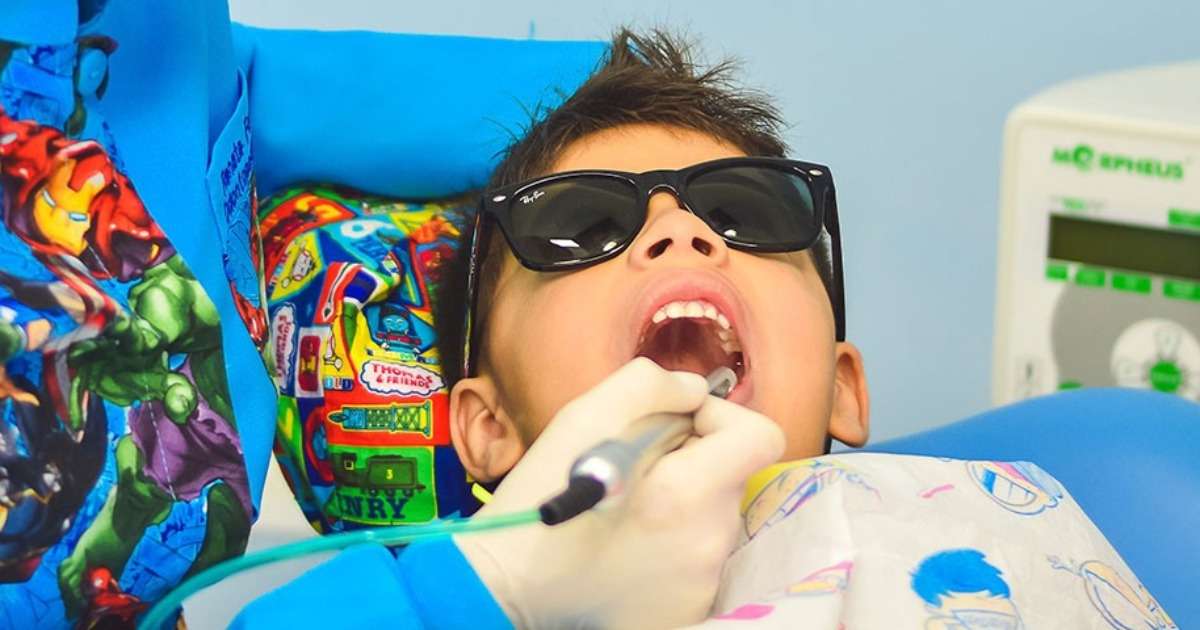Healthcare
The healthcare industry is an ever-changing field that requires extensive skills and training for its professionals. Effective communication, coordination of activities, clarity on decision making, and managing of errors is vital. Just as effective communication between doctor and patient is essential to achieve a high-quality healthcare.

Does the sex of a simulated patient affect CPR?
When faced with either a male or female patient simulator, both men and women rescuers appeared reluctant to remove a female patient simulator’s clothing.

Why non-verbal behavior matters
Basil Preisig and his colleagues at the University of Bern, Switzerland, were especially interested in communicative development of people diagnosed with language disorders like aphasia.

The impact of health information technology on doctor-patient interaction
Embracing the technological advances of the last decade, many health care professionals have incorporated information technology into their daily routines.

Nurse-child interaction - observing medical encounters
In order to help health professionals and parents manage child distress more effectively, researchers started observations of real interactions in healthcare in a community setting.

Doctor-patient communication training program evaluated
Every day, new training programs find their way to hospitals and clinics to help professionals convey their message efficiently and effectively in order to practice their profession.

How to analyze nurse-patient consultations
Efficient and effective communication is necessary in doctor-patient as well as nurse-patient consultations.

Observations of surgeons as a tool to assess competency
Medical doctors receive extensive education and training before and during their time spent working at a hospital or clinic.

Nurse patient interaction - two coding schemes
The world's population is ageing. International dementia and Alzheimer organizations state that there are an estimated 36 million people worldwide with dementia.

Clinical interviews – analyzing verbal and non-verbal behavior
In general, researchers choose the methods and techniques that best suit their research objectives. That’s no different when researching doctor-patient communication or any other clinical interview setting.
